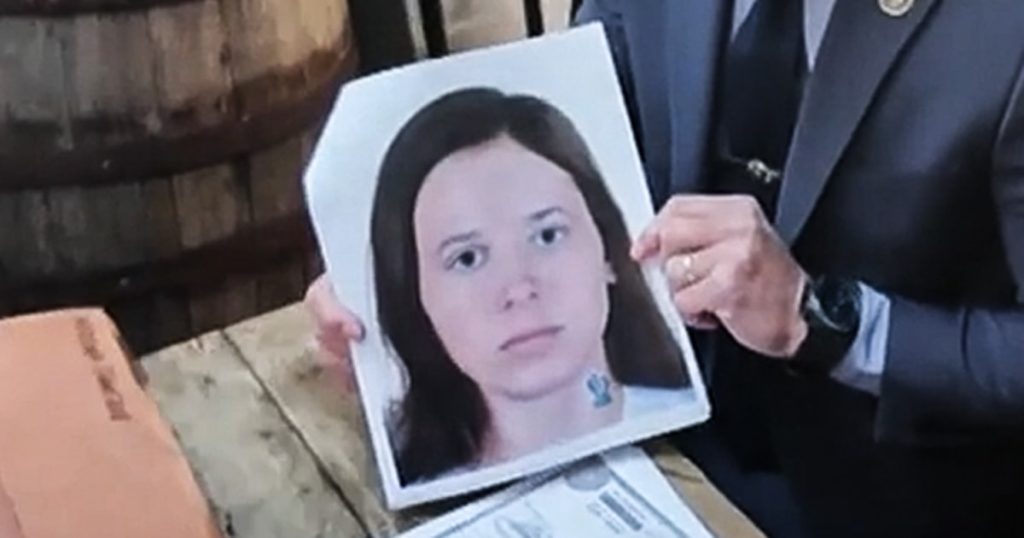The remains of a teenage girl last seen in 1969 were found in 2003 under a New York City address in Manhattan’s Hell’s Kitchen neighborhood. The construction workers discovered these remains at 301 W. 46th Street, formerly the site of the famous rock night club “Steve Paul’s The Scene.” The girl was identified as Patricia Kathleen McGlone, who would have been about 16 years old in 1969. She had been tied up with electrical cord and strangled. Publicly accessible DNA records, including those of a 9/11 victim, were used to link the remains to McGlone. The investigation into her death relied on this crucial identification to provide a starting point in solving the cold case.
Patricia Kathleen McGlone was found wearing a ring with the initials “PMcG” matching her name, along with a 1960s-era Bulova watch. Additionally, a 1969 dime and a plastic toy soldier were found on her person, leading police to believe she may have given birth before her death. The discovery of these items added more context to McGlone’s life and ultimately helped the authorities piece together what might have led to her tragic demise. The identification of her remains also brought closure to her family, providing answers to a decades-old mystery surrounding her disappearance and death.
NYPD Detective Ryan Glas emphasized the importance of establishing the victim’s identity in any homicide investigation, especially when dealing with cold cases. Having a solid lead to go on helps move the investigation forward and potentially bring justice to the victim and their family. In this case, the link to a 9/11 victim’s DNA database played a crucial role in identifying Patricia Kathleen McGlone, shedding light on the circumstances surrounding her case after more than 30 years. The details of her family background and personal history added depth to the investigation and helped create a clearer picture of who she was before her untimely passing.
The daughter of Bernard McGlone and Patricia Gilligan, Kathleen McGlone was born on April 20, 1953, and baptized and confirmed in a Brooklyn Catholic Church. Her parents obtained a marriage license in 1952 in Virginia, with her father living in Manhattan’s Upper East Side and her mother in Bay Ridge, Brooklyn. The family history provided more insight into McGlone’s upbringing and background, contributing to the understanding of her life before she went missing and was tragically found beneath a New York City building more than 30 years later. The process of piecing together her story showcased the significance of public DNA databases and forensic advancements in solving cold cases and providing closure to families affected by such tragedies.
The discovery of Patricia Kathleen McGlone’s remains under a historic New York City address sparked renewed interest in a cold case that had remained unsolved for over three decades. The gruesome nature of her death, along with the items found on her person, painted a tragic picture of a young girl who met a violent end. With the help of publicly accessible DNA records, authorities were able to identify McGlone, providing a crucial breakthrough in the investigation. The case highlighted the importance of DNA technology and forensic advancements in solving long-standing mysteries and bringing closure to families affected by unresolved cases. The story of Patricia Kathleen McGlone serves as a reminder of the enduring impact of cold cases and the importance of continuing to seek justice for victims, no matter how much time has passed.













